Physical education is more than games and movement—it’s about equipping students with the knowledge and habits for lifelong health. But here’s the hard truth: many in-service PE teachers lack the foundational knowledge to teach health-related fitness effectively. A recent study published in the Journal of Teaching in Physical Education by Jose Santiago and colleagues shines a spotlight on this issue, and the findings should make every PE teacher and teacher educator pause.
What Did the Study Find?
Over 400 in-service PE teachers were tested on their common content knowledge (CCK) of health-related fitness. The average score? 54.3%—a failing grade by any standard. This isn’t just a statistic; it’s a signal that our students may not be getting the quality fitness education they deserve.
The gaps were most pronounced in areas like:
Muscular strength and endurance
Assessment of health-related fitness
Physical activity guidelines for children and adults
Basic training principles (specificity, overload, intensity)
If teachers don’t know these principles, how can they help students design effective fitness programs or understand what “being active” really means?
Why Does This Matter?
Research consistently shows that teachers with strong content knowledge positively impact student learning. If we want students to leave PE with the skills and understanding to lead healthy lives, teachers need more than enthusiasm—they need expertise.
What’s Behind the Knowledge Gap?
Several factors contribute:
Curriculum design: Many PE teacher education (PETE) programs emphasize theory but lack practical application. Fitness education courses often stop at classroom instruction without field-based experiences.
Knowledge decay: Even when teachers learn these concepts in college, they often forget them if they’re not applied regularly.
Professional development shortcomings: Too often, PD is a “flu shot”—a one-time event that doesn’t lead to lasting change. Teachers need ongoing, focused learning opportunities.
Interestingly, the study found no significant differences based on years of experience, degree level, or grade level taught. Whether you’re a veteran or a rookie, the gaps persist.
What Can We Do About It?
Here are some actionable steps for both PE teachers and teacher educators:
Embrace Practice-Based Teacher Education Repeated teaching rehearsals, reflection, and editing lessons can help pre-service teachers internalize fitness concepts. It’s not enough to “cover” content in a lecture—students need to apply it in authentic settings.
Bridge Theory and Practice Fitness education courses should include field-based experiences where future teachers implement what they learn with real students. Peer teaching is helpful, but it’s not a substitute for school-based practice.
Use Knowledge Packets and Proven Resources Tools like Fitness for Life (Chuck Corbin) and Physical Best can provide structured content. Knowledge packets—sequenced, grade-level resources—are another promising approach.
Rethink Professional Development PD should be ongoing, collaborative, and tied to teacher needs. Professional Learning Communities (PLCs) focused on fitness education have shown success in boosting teacher knowledge and student outcomes.
Assess and Reflect Use validated knowledge tests to identify gaps. Santiago’s team offers such an assessment, and it can be a powerful tool for both pre-service programs and district-level PD.
The Bigger Picture
This isn’t just a U.S. problem. Similar studies in Latin America and preliminary findings in South Korea show the same trend. Globally, PE programs struggle to balance sub-disciplinary coursework (like biomechanics and exercise physiology) with practical pedagogy. As Phil Ward argues (and I agree), PETE majors don’t need advanced anatomy—they need applied knowledge that helps them teach kids effectively.
Final Thoughts
If we want PE to be more than “roll out the ball,” we must ensure teachers graduate with deep, applicable knowledge of health-related fitness—and keep that knowledge fresh throughout their careers. That means rethinking how we teach, assess, and support both pre-service and in-service educators.
The question isn’t whether fitness education matters. It’s whether we’re doing enough to prepare teachers to deliver it. Right now, the answer seems clear: we have work to do.
Full Article:
Santiago, J. A., Morrow, J. R., Jr., Morales, J., Muñoz, M., & Kim, M. (2025). Physical Education Teachers’ Common Content Knowledge of Health-Related Fitness. Journal of Teaching in Physical Education. Advance online publication. https://doi.org/10.1123/jtpe.2024-0465
This blog post was written with the assistance of AI to support clarity and accessibility. It is intended to help disseminate and discuss research findings with a broader audience. However, for the most accurate and reliable information—including conclusions and practical applications—please refer to the original peer-reviewed publication on which this blog is based. The peer-reviewed article remains the most authoritative source.

